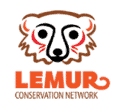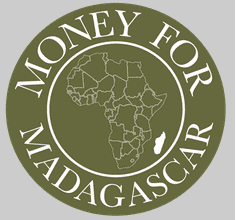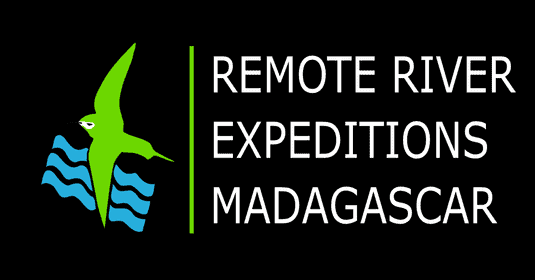Looking for some interesting facts about Madagascar? Enjoy this fascinating collection of trivia about east Africa’s most beautiful island nation.
Madagascar is a jewel of the Indian Ocean, shimmering with unique biodiversity and a rich cultural heritage.
From its towering baobab trees, to its playful lemurs and gorgeous national parks, the Great Red Island – an ode to the permanently reddish tint of its bare earth – offers plenty of experiences that captivate and intrigue.
Here’s what you need to know.

Interesting facts about Madagascar
It is the fourth-largest island in the world
Sprawling across a vast expanse of 587,041 km², Madagascar claims the title of the world’s fourth-largest island – that makes it larger than the entire state of California!
Madagascar lies around 250 miles off the coast of east Africa and is separated from it by the Mozambique Channel.
This immense island showcases an astonishing variety of landscapes, from vibrant rainforests overflowing with life, to stark deserts where only the most resilient species of reptiles endure.
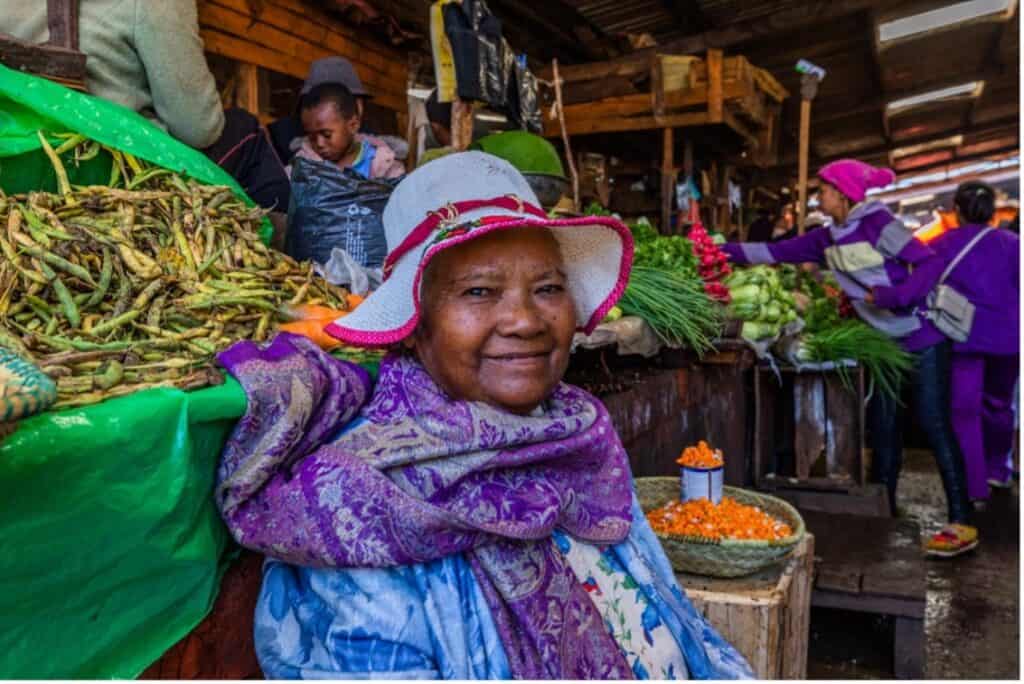
The Malagasy people are primarily of mixed Southeast Asian and African descent
The local people represent a fascinating blend of ancestry and traditions, creating a cultural tapestry that is reflected in their language, unique customs, and physical appearance.
This fusion of influences has resulted in a vibrant society, unlike any other in the world.
The Malagasy language, for example, is not related to any mainland African language but instead belongs to the Austronesian language family, which also includes languages spoken in Indonesia, Malaysia, and the Philippines.
It’s one of the two official languages of the Republic of Madagascar, the other being French, a legacy of the island’s former French colonial rule.
The Malagasy language has several dialects, each with its own unique nuances and expressions, adding another layer of complexity to the island’s cultural identity.
To find out more about Malagasy culture, see our Madagascar information page.
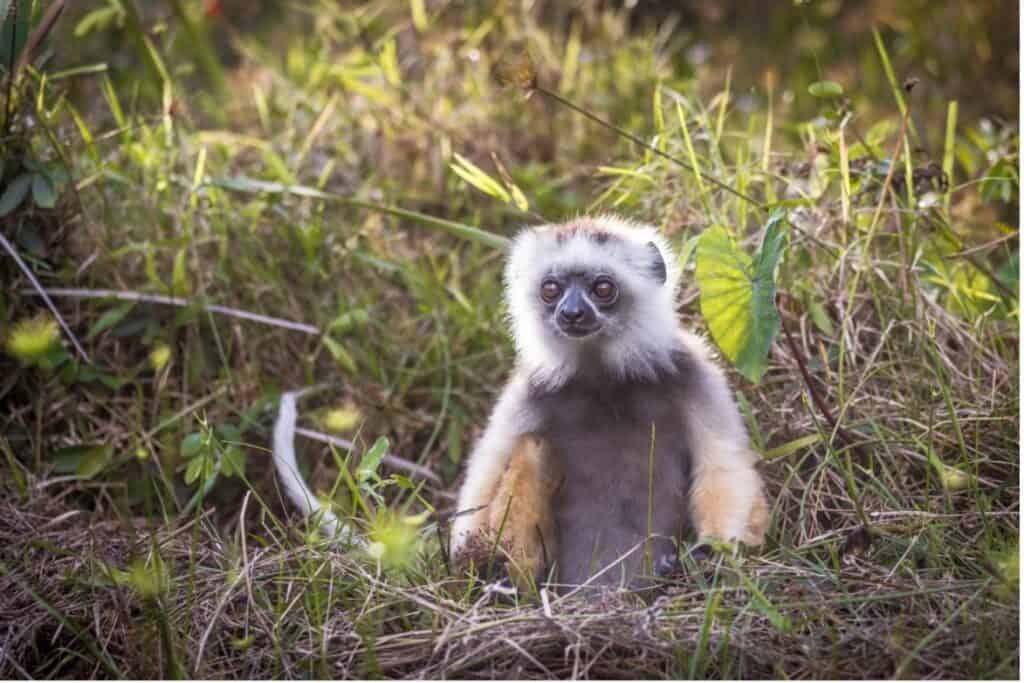
Madagascar is home to all of the world’s lemur species
The island’s true claim to fame lies in its extraordinary biodiversity, particularly its iconic lemurs. These fascinating creatures – found nowhere else on earth except for a few neighbouring islands – are a testament to the island’s unique evolutionary path.
With around 110 species of lemur inhabiting its diverse landscapes, from the largest living lemur the, Indri Indri, of the eastern rainforests to the ring-tailed lemurs (Lemur catta) of the arid south. Madagascar is the place to witness these primates in their natural habitat. Sadly, many lemur species are endangered due to habitat loss and hunting, highlighting the urgent need for conservation efforts to protect these precious creatures.
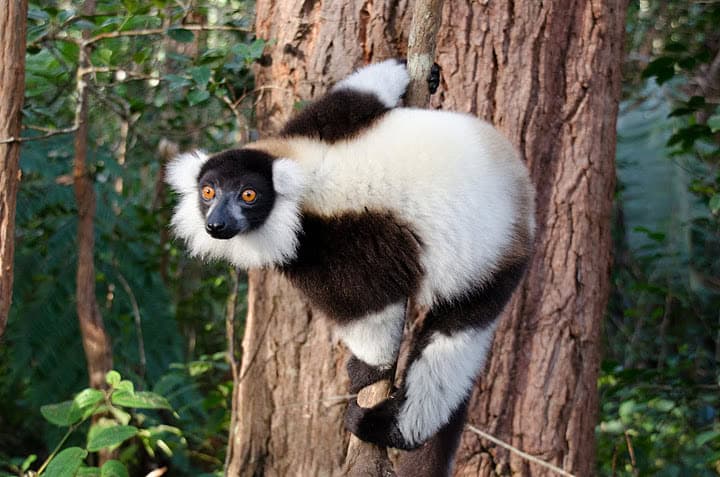
How to see lemurs in Madagascar
Visiting Madagascar to see lemurs can be very rewarding. At the same time it is important to do so in an ethical and responsible way. Please see Recommendations for Responsible Lemur Watching in Madagascar here.
It is also important to travel with a reputable tour company and guides that adhere to the guidelines. Remote River Expeditions – Madagascar is one such company. They offer a wide variety of tours throughout the country, with quality programs at reasonable costs. You can find out more about arranging a trip to Madagascar with them here.
Remote River Expeditions are also a proud sponsor of the Lemur Conservation Network, whose mission is to ‘raise awareness for lemurs and those working to save them from extinction.’
Need more information? Our guide to lemur spotting in Madagascar has you covered.
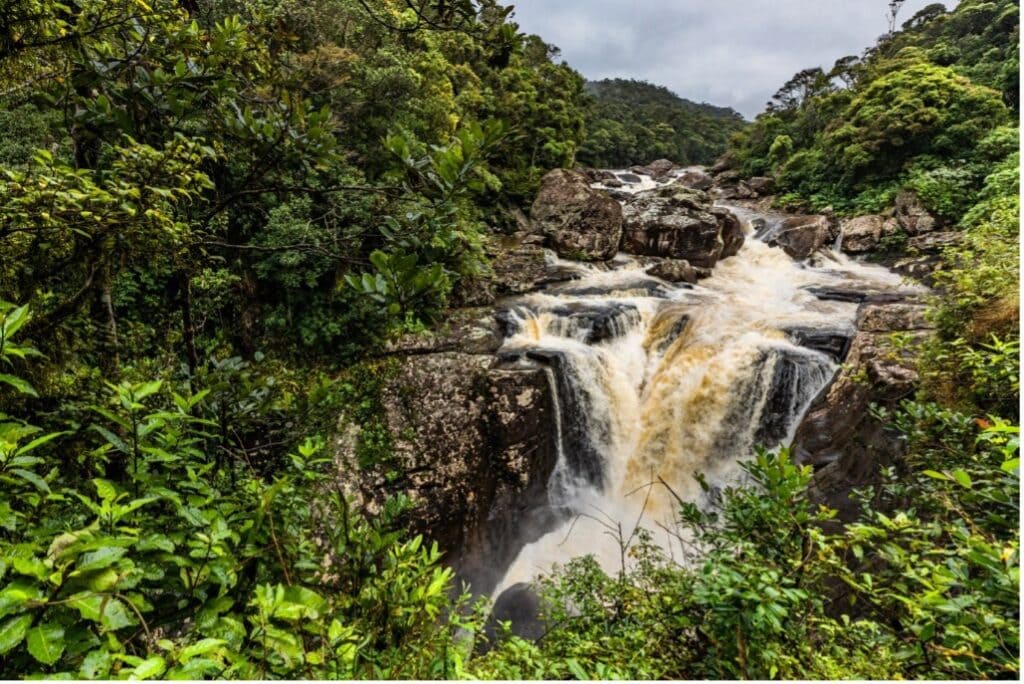
Its landscapes range from lush rainforests to arid deserts
Madagascar’s landscapes are as varied as its wildlife. This island country boasts a remarkable range of ecosystems, from the lush rainforests of the Atsinanana, a UNESCO World Heritage Site, to the arid spiny deserts of the southwest.
The Central Highlands, with their terraced rice paddies and rolling hills, offer a glimpse into the island’s agricultural heartland, while the dramatic limestone formations of Tsingy de Bemaraha National Park, another UNESCO site, create a surreal and otherworldly landscape.

The baobab tree is an iconic symbol of Madagascar
The majestic baobab tree, with its swollen trunk and gnarled branches, is an iconic symbol of Madagascar’s unique flora.
These ancient giants – some of which are estimated to be over a millennium old – dot the island’s landscapes, particularly in the western and southern regions.
The baobab’s unique appearance and ecological importance have earned it a special place in Malagasy culture, with many local communities considering them sacred.
The trees provide food, water, and shelter for both humans and animals, and their bark is used for a variety of purposes, including medicine and rope-making.
For an in depth look at the legendary trees see Baobab Quest – Beyond the Avenue of the Baobabs.
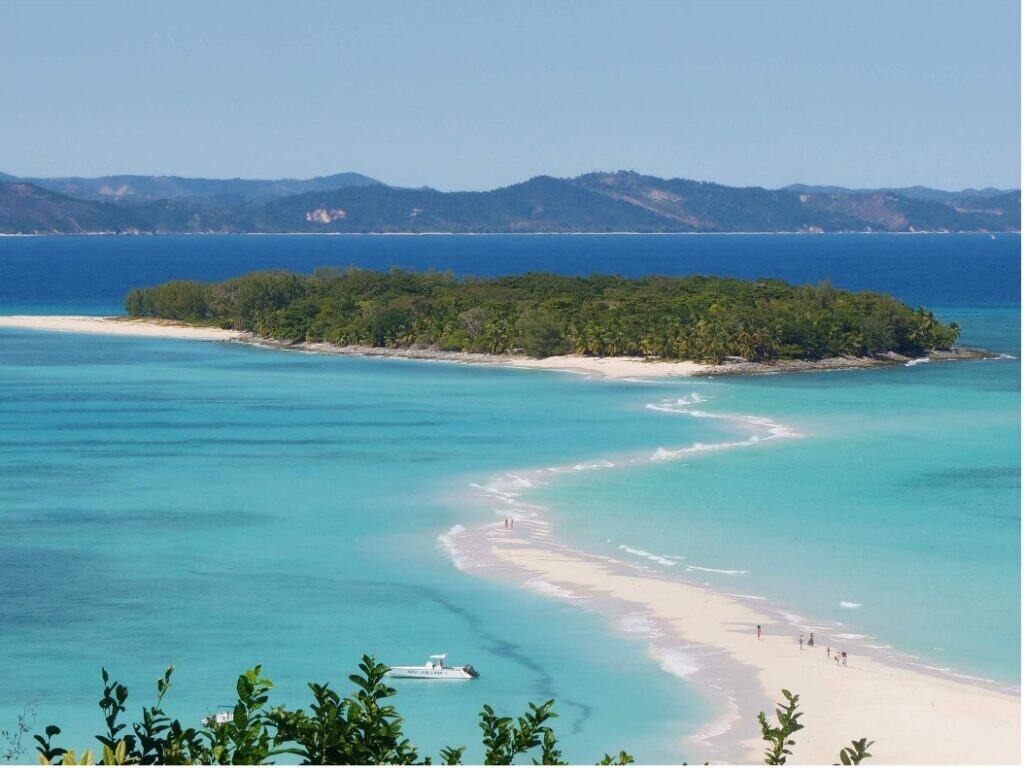
Madagascar’s coastline is fringed by vibrant coral reefs
Madagascar’s coastline is home to a kaleidoscope of vibrant coral reefs. These underwater ecosystems, teeming with colourful fish, turtles, and other marine life, are a paradise for snorkelers and divers.
The reefs also play a vital role in protecting the island’s shores from erosion and providing a source of food and income for local communities.
However, like many coral reefs around the world, those in Madagascar are under threat from climate change, overfishing, and pollution.
Not interested in beaches? See what else the country has to offer with our list of the best reasons to visit Madagascar.
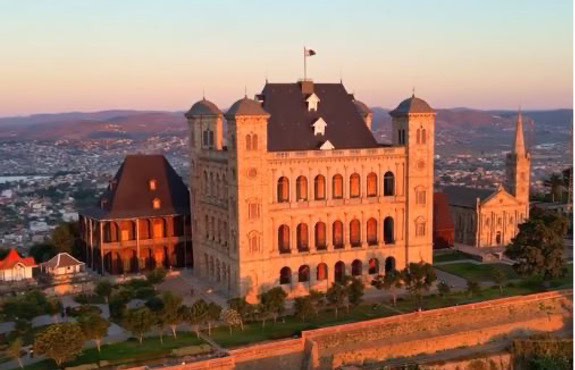
Queen Ranavalona I ruled Madagascar for 33 years
Madagascar’s history is marked by the reign of Queen Ranavalona I, a formidable monarch who ruled the island from 1828 to 1861.
Known for her fierce resistance to European colonisation and her efforts to preserve Madagascar’s independence, Ranavalona I implemented strict policies that isolated the island from European influences.
Her reign was marked by both modernisation and repression, leaving a complex legacy that continues to be debated today.
Moraingy is still practised in Madagascar
For those seeking a closer look at Malagasy culture, Moraingy offers a fascinating glimpse. This traditional form of bare-fisted combat sport, deeply rooted in the island’s history, is still practised today, particularly in coastal regions.
Moraingy matches are lively events, accompanied by music and dancing, and showcase the strength, agility, and resilience of the participants.
While the sport can be intense, it also embodies a spirit of camaraderie and respect, reflecting the importance of community and tradition in Malagasy life.
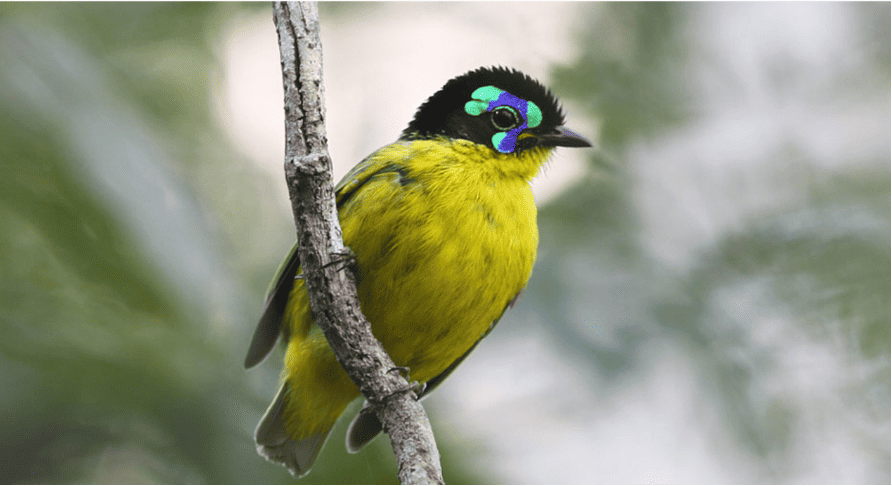
Madagascar is a biodiversity hotspot
Madagascar’s isolation from the African mainland has led to the evolution of a staggering array of unique plants and animals, many of which are found nowhere else on earth.
This remarkable biodiversity has earned Madagascar the designation of a biodiversity hotspot; a region with exceptionally high levels of endemism and threatened species.
From the bizarre-looking aye-aye lemur to the carnivorous fossa, Madagascar is a haven for evolutionary wonders.
The island is also home to a vast array of endemic plant species, including the Madagascar periwinkle, a plant used in traditional medicines and cancer treatments.
Discover more in our guide to wildlife in Madagascar.
The Royal Hill of Ambohimanga was once the capital of the Merina Kingdom
A living testament to Madagascar’s royal past, The Royal Hill of Ambohimanga is perched on a hilltop north of capital city of Antananarivo along National Route 3.
This UNESCO World Heritage site was once the capital of the Merina Kingdom, which unified much of the island in the 19th century.
The hill is dotted with palaces, tombs, and other historical structures that offer a glimpse into the island’s rich cultural heritage and the power and influence of its former rulers.
A visit to Ambohimanga is a journey back in time, allowing visitors to explore the architectural marvels and learn about the customs and traditions of the Merina people.
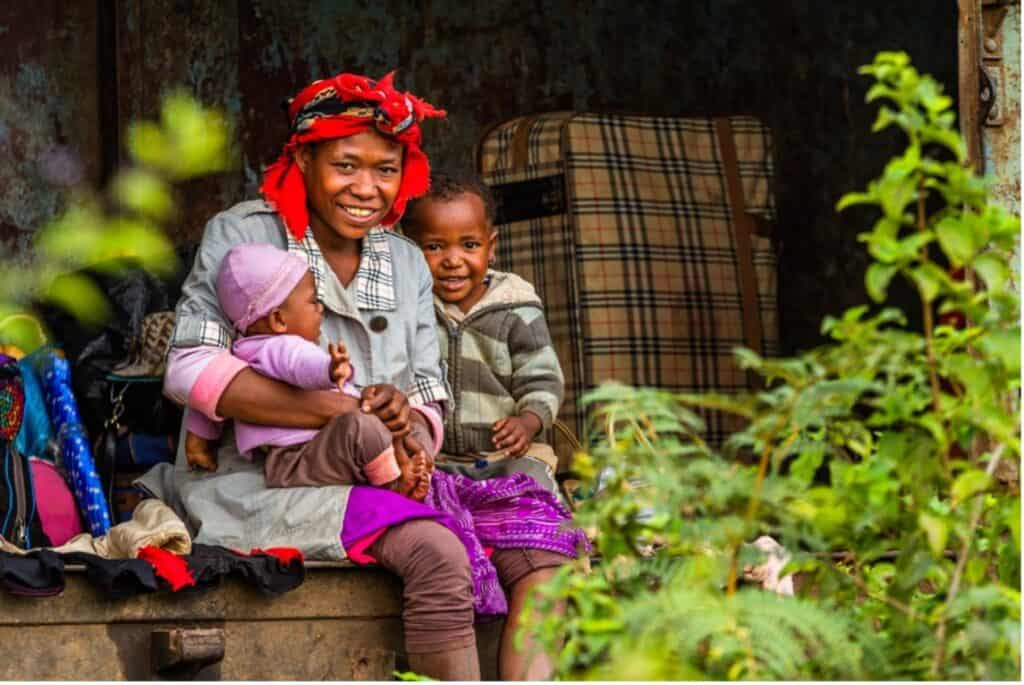
Madagascar is one of the poorest countries in the world
Just like in New Guinea or Burundi, the majority of Madagascar’s people live below the poverty line, a legacy of historical challenges – including its past as a French colony – and ongoing issues like environmental degradation and political instability.
While tourism offers the potential for the local economy to grow, sustainable development is critical.
Balancing the needs of its own people with the preservation of its unique biodiversity – a hallmark of diverse countries off the African coast – remains a complex but crucial challenge.
For those who would like more information and to become involved please see two important links below:
For 39 years, Money for Madagascar has worked with Malagasy communities to help them improve their own lives, and protect their astonishing ecological birthright. Hilary Bradt is a patron and longtime supporter.
Seed Madagascar is working towards sustainable environment, education and development goals across southeast Madagascar.
More information
Remote River Expeditions – Madagascar is a small hands-on company. They take their name from their original 1985 expeditions exploring the rivers of the island. Since then, they have become specialists in creating truly unique vacations and learning experiences that cater to all ages and interests.
Tours range from 3 to 26+ days and include all-inclusive and half-board options. Multi-lingual, naturalist guides are also included. Costs start at around €100 per person, per day.
A sampling of their offerings:
Highlights of the West: Tsingy de Bemaraha a UNESCO World Heritage Site, Kirindy Forest Reserve and Avenue of the Baobabs.
Madagascar – Island of Contrasts: This tour contrasts the western dry forest and the eastern rainforest and their endemic flora and fauna.
Belo-sur-Mer – Kirindy Mite National Park: This tour promises a taste of relaxed village life, beautiful white sand beaches, snorkeling, and dramatic sunsets. According to the Huffington Post, Belo sur Mur is one of the ‘top 10 best honeymoon destinations in Africa!’
Madagascar on the Fly: A truly unique way to discover the wonders of the ‘Island Continent’ – luxury and adventure at its finest!
Baobab Quest – Beyond the Avenue of the Baobabs: An RRE original! Focusing on the endemic forests and wildlife of the Menabe region, this tour also offers pristine beaches and snorkeling options.
Madagascar – Highlights of the North: Includes Three Bays, Emerald Sea, Montagne d’Ambre N.P., Ankarana Special Reserve, Nosy Tanihely (Tanikely), Nosy Iranja, Nosy Komba, and whale watching.
For more options, see Remote River Expeditions – Madagascar.
For more reasons to visit, check out Hilary Bradt and Daniel Austin’s guide to Madagascar.
